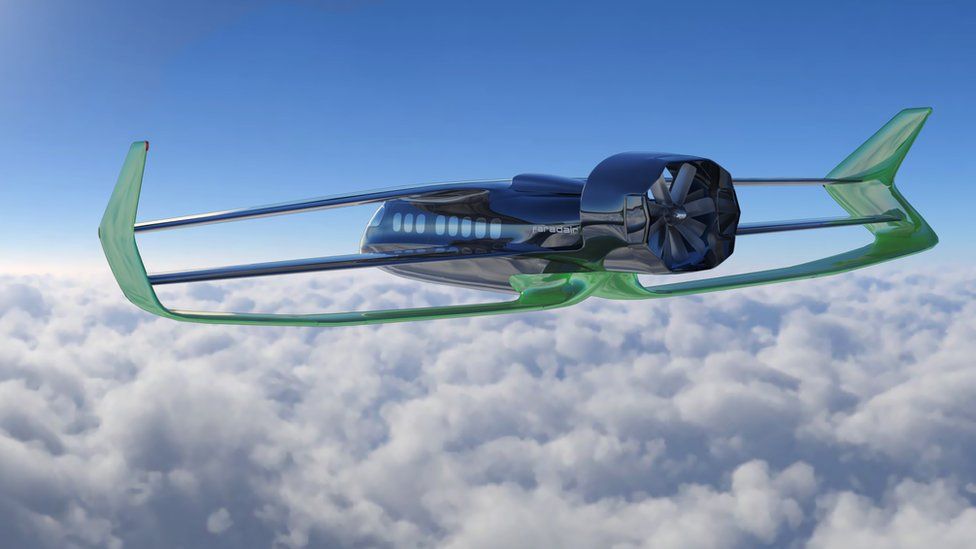How new aircraft materials are improving aviation technology

Soaring High: How New Aircraft Materials are Revolutionizing Aviation
The skies have always been a frontier of innovation, and aviation technology continues to push boundaries. But perhaps the most significant leap forward is happening not in the engines or avionics, but in the very materials that make up our aircraft.
Traditionally, aircraft have been built primarily from aluminum alloys. While lightweight and strong, this material has inherent limitations. Today, a new generation of materials is emerging, promising increased efficiency, safety, and sustainability in the skies. Here’s a look at how these advancements are transforming the way we fly:
1. Composites Take Flight:
Composites, like carbon fiber reinforced polymers (CFRP), have become a game-changer. They offer superior strength-to-weight ratios compared to aluminum, allowing for lighter, more fuel-efficient aircraft. This translates to lower emissions and operational costs, a crucial factor in today’s environmentally conscious world.
2. Beyond Strength: The Power of Customization:
Composites allow for greater design flexibility. This means engineers can create complex, aerodynamic shapes for improved performance and reduced drag. This translates to faster speeds, smoother journeys, and better fuel economy.
3. A Safer Sky: Enhanced Durability and Resistance:
Composites offer excellent resistance to fatigue, corrosion, and high temperatures. This translates to increased safety and longer service life, reducing maintenance needs and increasing reliability.
4. Beyond Planes: Revolutionizing Every Aspect of Aviation:
The impact of these new materials extends beyond aircraft construction. Lighter, stronger components are being incorporated into engines, landing gear, and even baggage handling systems, leading to more efficient and sustainable operations throughout the industry.
5. Looking Ahead: The Future of Flight:
The future of aircraft materials is promising. Research is ongoing in areas like:
- Advanced alloys: Exploring lighter and stronger aluminum alloys and other metallic materials like titanium and nickel-based superalloys.
- Bio-based composites: Utilizing sustainable materials derived from plants and other renewable sources, minimizing environmental impact.
- Smart materials: Integrating sensors and actuators into materials, enabling self-healing properties and adaptive structures for enhanced safety and performance.
As these technologies evolve, we can expect even more revolutionary changes in the aviation industry. From more environmentally friendly aircraft to safer, more comfortable flying experiences, the future of aviation is soaring towards a brighter, more sustainable horizon.

